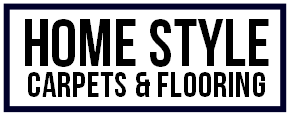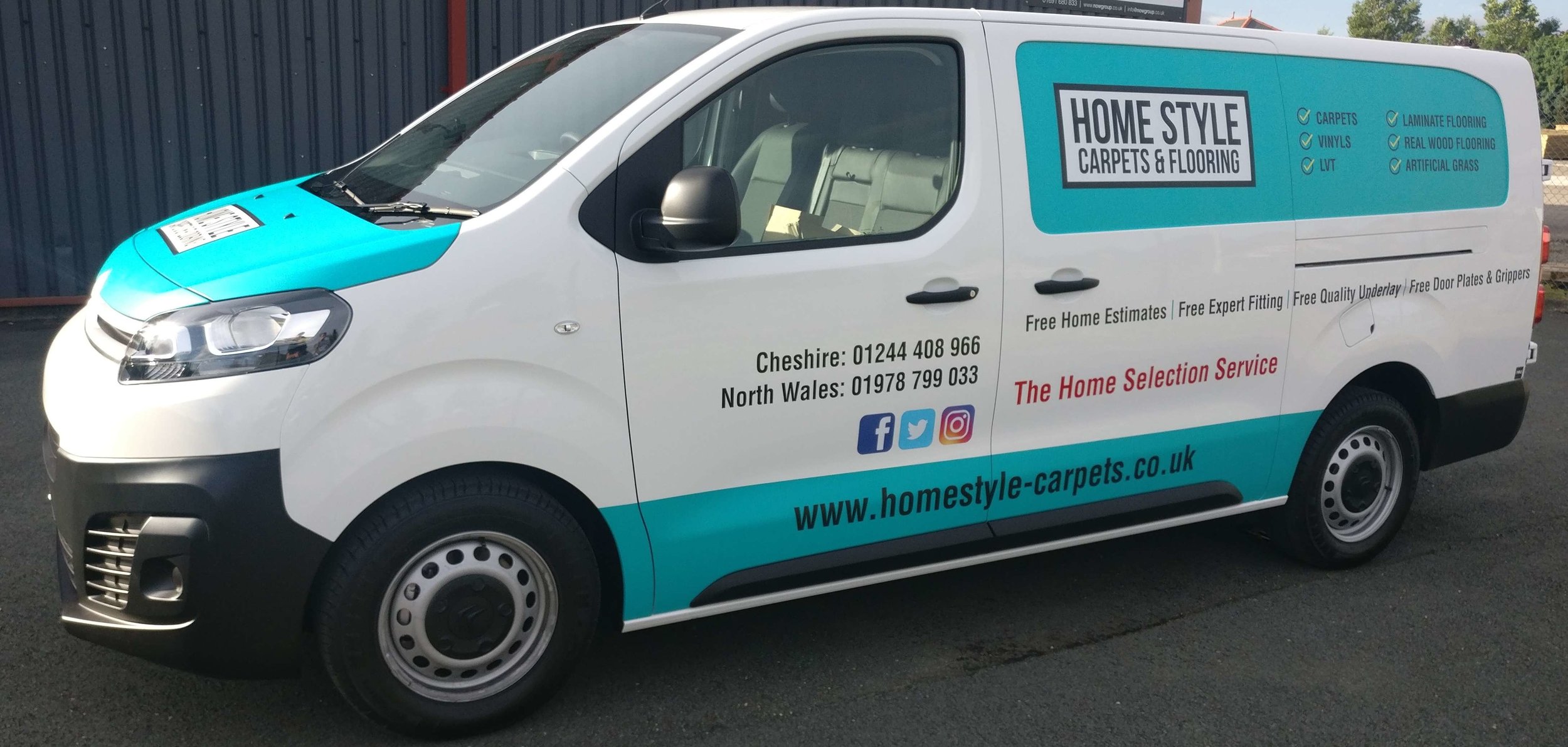What is the best flooring for a commercial office?
/There are many flooring options for commercial offices. You need to consider a number of factors when deciding on the best for a particular office location.
The main choices are carpets, vinyl, laminates and hardwood. There are pros and cons of each flooring type.
Are carpets a good idea?
Carpets and carpet tiles have noise insulation properties, so are ideal if you want a quieter office. Good quality carpets will last a long time, but they can stain easily. There are treated stain-resistant carpets, however.
Many offices have areas with more footfall than others. For example, if people walk through the office to another room, the carpet will no doubt become more worn along the path people take. If there is a wall-to-wall carpet, the whole carpet may need replacing if a section is worn. With carpet tiles, you only need to replace the worn ones.
Carpets come in a variety of patterns and colours and can match the office decor style. New types of carpet tiles contain a high content of recycled materials that makes them more environmentally friendly. As stricter green building regulations come into force, companies need to make work environments greener.
Only buy good quality carpet tiles that are stable enough to retain their shape, strong, in colours that don’t fade and easy to clean.
What are the advantages of vinyl?
Vinyl comes in sheets or tiles known as luxury vinyl tiles (LVT). The main advantage of vinyl is that it is long-lasting, particularly top quality LVT. This makes it suitable for very busy offices with heavy footfall.
Vinyl resists scratches and dents. It is hygienic, as vinyl does not trap dust. It is easy to clean and requires little maintenance. Vinyl is available in a wide variety of shades and designs.
For added eco-credentials, some vinyl manufactures include recycled materials in their products.
Is hardwood flooring a good idea?
Hardwood adds a touch of luxury to an office. Its style is timeless, and should not go out of fashion, plus it is easy to clean and will last a long time. Wood floors can be restored when worn by sanding and refinishing.
Wood is a natural product and is environmentally friendly, provided that the wood is sourced from sustainable forests. Planks can be made from reclaimed wood, and at the end of life, wood is easily recycled.
The main disadvantage of hardwood flooring is the cost, at least as an initial outlay. Engineered wood has a thin layer of real wood and is cheaper than solid wood. Wood lasts a long time, however, so the lifetime cost of this type of flooring may actually be good value.
Is laminate a good alternative to wood?
If you want the look of wood, without the cost, laminate is a good alternative. Modern printing technology makes laminate look very realistic. Compared to wood, laminate is easier and quicker to install, not to mention durable and easy to maintain.
What is the best office flooring?
All the flooring options listed above are suitable for office use. Some businesses go for a floor that is fast and easy to install, lasts a long time and is easy to keep clean and maintain. Vinyl and laminate floors are best if this is what you want. If acoustics are important, go for carpets or carpet tiles. The quiet luxury of a wool carpet adds comfort and style to an office.
If you want your office to be luxurious and add to the prestige of your company, then solid wood or engineered wood is a good choice.
What floor coverings last longest?
In offices that have a heavy footfall, durability is a factor when choosing the best floor coverings. Premium quality LVT often has a guarantee for many years, so you know it will last a long time.
A solid wood floor can survive for many decades, especially if it is periodically sanded.
Which floor is best for repairs?
Carpets and vinyl from rolls are not easy to repair, as whole sections will need replacing if damaged.
Wood can be repaired if scratched or dented, though this is a skilled job best done by professionals. Wood planks can be replaced, though this is not as easy as replacing laminate boards. Carpet and LVT tiles are easily replaced if sections are damaged or have excessive wear.
If installing laminate, carpet tiles or LVT in the office, buy extra tiles or planks that can be used to repair damaged areas.
Which floor coverings are best for recycling?
Floor coverings that have high levels of volatile organic compounds (VOC) are difficult to recycle for reusing the materials in them. Solid wood, on the other hand, is easy to recycle. There are carpet, vinyl and laminate recycling schemes that process floor coverings to reclaim some of the materials for future use.
What is the best low-cost flooring?
When looking for the best flooring for an office, don’t automatically go for the cheapest floor covering. The initial cost may be less but, because the floor is likely to need replacing more often, cheap flooring can end up costing more.
If you want the look of wood at less cost, laminate is a good choice. Engineered wood has a real wood surface and is not as expensive as solid wood.
If buying laminate, vinyl or LVT flooring, choose a good quality one to get better value for money.
What is the best floor for the staff?
The office environment affects the mood of workers. A well-designed office with good-looking desks, comfortable chairs and decorated in a bright modern style makes staff feel good about their working environment. Happy workers tend to be more productive.
Offices can be noisy. Acoustic ceiling tiles and carpets absorb sound and contribute to a quieter workplace.
As well as considering cost, durability and ease of maintenance, install a floor that the staff love. Consult architects and interior designers about their views on the best flooring that combines practicality with good looks. Take time to consider what you want from the office, what is best for the business and its staff.

